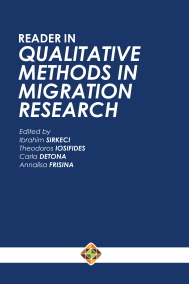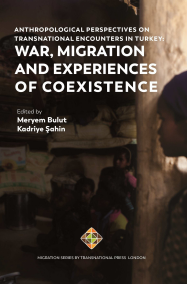
Contextualizing Refugee NGOs in Izmir
Izmir became popular throughout the last few years as one of Turkey’s refugee hotspots. Located next to several Greek islands hundreds of thousand refugees entered the metropolis in search for smugglers, who would organise their refuge across the Mediterranean Sea. According to UNHCR, over 350 000 refugees have arrived at Greek islands next to Izmir’s coast during September and October 2015, when I collected the ethnographic material for this study (UNHCR, n.d.). Thus, over three hundred thousand people must have transited the city within these two months alone. However, this number doesn’t include all those refugees, who have settled in Izmir or who are somehow stuck there. In autumn 2015, refugee NGOs estimated this number between 67,000 to 100,000 and counting. Most of these refugees were not registered, living on the streets in Basmane or in substandard flats or rooms in different districts around the city. While state or city authorities seemed to be overtaxed in regard to these large numbers of refugees, more and more associations which can be classified as non-governmental organisations (NGOs) emerged starting to work on the issue of immigrants and refugees. NGOs are recognized as civil society actors per excellence, which act within the sphere between the household and the state (Akkaya, 2012, p. 59). Though, what are these partly new established civil society associations actually doing on the ground and in interaction with refugees? How can these NGO practices be situated within refugees’ daily needs and struggles? Furthermore, what other support systems are helping refugees to organize their new lives in their host country?
More...






